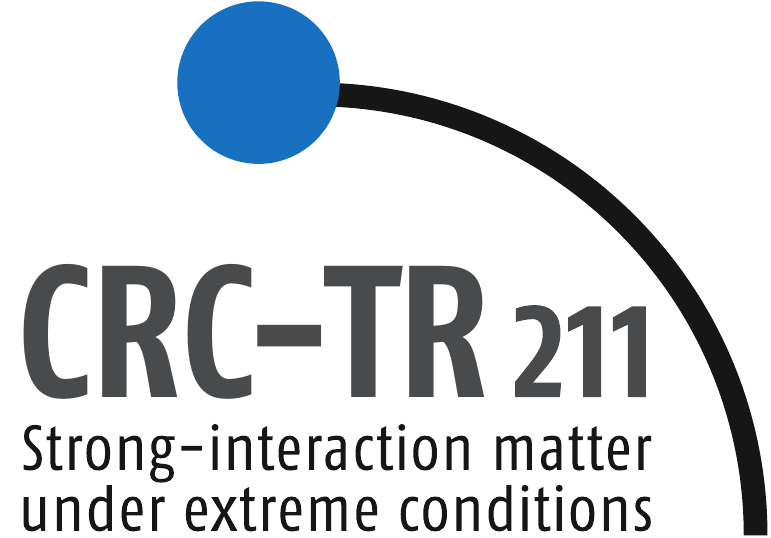\( \newcommand{\dd}{\mathrm{d}} \) \(
\DeclareMathOperator{\sign}{sign} \) \(
\newcommand{\pvec}[1]{\vec{#1}^{\,\prime}} \) \(
\newcommand{\R}{\mathbb{R}} \)
\( \newcommand{\dd}{\mathrm{d}} \) \(
\DeclareMathOperator{\sign}{sign} \)
A precise understanding of the Equation of
State of dense objects like neutron stars is limited by the knowledge
about hyperon interactions and the precision of the models describing the
latter. Recently, the ALICE Collaboration has demonstrated that
two-particle femtoscopic measurements, which are sensitive to the source
of particle emission and to the interaction of the particle pair, can
provide precise data on hyperon-nucleon and hyperon-hyperon interaction
potentials. The size of the emission source of any baryon pair is
determined based on a measurement of the correlation function of proton
pairs, where modifications due to the decay of short-lived resonances are
modeled explicitly. In turn, femtoscopy in small systems makes it possible
to map the core of the potential at small distances and is currently the
only viable way to provide a sensitive experimental measurement against
which theoretically predicted potentials can be tested. In this talk we
show the first precise study of the pΞ and pΩ interactions, measured in pp
collisions at 13 TeV with the ALICE detector. For the first time, clear
signatures of the strong attractive interaction can be observed for these
particles.Traditionally, meson exchange models are used to describe the
hyperon sector and are constrained by the scarce scattering and
hypernuclei data, almost exclusively available for Λ hyperons. Recently
the HAL-QCD collaboration conducted calculations without relying on
constraints by data and with quarks and gluons as degrees of freedom.
Their results converge for the interactions between heavier Ξ and Ω
hyperons and nucleons, and in the pΩ system they predict a bound state.
The potentials provided by HAL-QCD calculations and meson-exchange are
applied to describe the experimentally measured correlation function. For
the pΞ interaction the HAL-QCD prediction is strongly favoured by the data
compared to the meson-exchange model. For the pΩ channel, strongly bound
systems are largely excluded and the comparison between data and
calculations only leaves room for binding energies below 1MeV.
Join Zoom Meeting
https://uni-frankfurt.zoom.us/j/2848286010?pwd=VmtCY1RCc1hpVStKd0RibFBpc1IzZz09
Meeting ID: 284 828 6010
Password: 068695

 Nuclear Physics Seminar
Nuclear Physics Seminar

 Nuclear Physics Seminar
Nuclear Physics Seminar